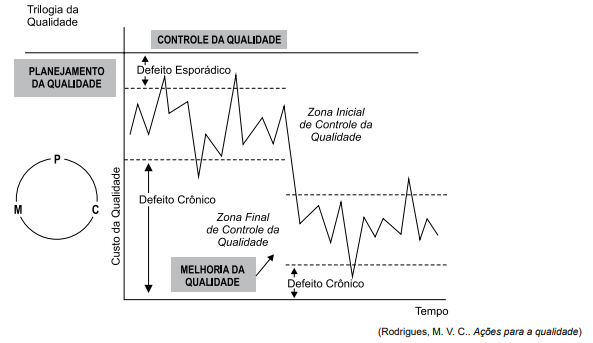Questões Militares
Para exército
Foram encontradas 21.077 questões
Resolva questões gratuitamente!
Junte-se a mais de 4 milhões de concurseiros!
Leia o texto.
Escritório de Projetos do Exército é eleito melhor
Project Management Office do Distrito Federal
O Escritório de Projetos do Exército (EPEx) foi eleito o melhor Project Management Office (Escritório de Gerenciamento de projetos – PMO) do ano, do Distrito Federal, no Prêmio Melhores do Ano 2019. Participaram da atividade vários PMO da região, tais como o da Agência Nacional de Aviação (ANAC) e do Centro de Gestão de Estudos Estratégicos (CGEE). O objetivo da premiação era reconhecer o esforço empenhado na implementação de novas ideias, métodos ou processos que levaram a melhorias mensuráveis e à obtenção de benefícios perceptíveis em organizações localizadas no Distrito Federal.
(Barros, M. Disponível em: https://www.defesa.tv.br/
escritorio-de-projetos-do-exercito-e-eleito-melhor-project
management-office-do-distrito-federal/)
Os escritórios de projetos, tal como o do Exército Brasileiro, podem possuir diversos tipos de estruturas, que variam de acordo com suas funções na organização.
Assinale a alternativa correta a respeito das definições do
Project Management Institute (2013) em relação ao tipo
de estrutura e à função dos escritórios de projetos.
Leia o texto.
KC-390 é a realização de um projeto de 10 anos
Há pouco mais de dez anos, em 14 de abril de 2009, durante a feira de defesa LAAD, a Força Aérea Brasileira e a Embraer assinaram o contrato para o desenvolvimento do KC-390. O projeto desenvolvido ao longo de uma década chegou ao seu ápice hoje, 4 de setembro de 2019, quando a FAB recebeu sua primeira aeronave.
(KC-390 é a realização de um projeto de 10 anos. set. de 2019)
Conceitualmente, o “Projeto KC-390” pode ser considerado um projeto, porque foi
Esse tipo de estoque é chamado de estoques
Com foco nos processos para alcance da qualidade final, os cinco conceitos que compõem a técnica são definidos como senso de
A abordagem de gestão à qual essa proposta se relaciona é a gestão
Analise a figura a seguir.

Considerando a representação sobre a presença de defeitos crônicos e esporádicos em uma organização, é correto afirmar que na gestão da qualidade o defeito
Sobre essas pistas, assinale uma alternativa correta.
Na perspectiva conceitual de cultura organizacional, é correto afirmar que
Considerando os aspectos envolvidos na arte de liderar pessoas, o outro atributo que ainda precisa ser estabelecido entre esse militar e os outros membros da equipe é
Assinale a alternativa que apresenta a relação correta entre o tipo de organização (vantagens, desvantagens e esferas de aplicação) e a sua descrição.
O homem organizacional foi proposto pela abordagem
Essas novas modalidades são conhecidas como:
O tipo de poder que este gestor exerce sobre os seus colaboradores é classificado como